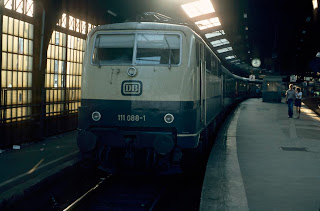I have for some reason started to develop a quiet admiration of the Kato system. Now let me say first of all I was never attracted to it off the bat. I was laying track and traditional ballast when I was still a teen (okay that's at least 21 years ago now). Like many people my initial reaction would be "Eww! ... You cannot be serious?!?!" But, I have observed many people have taken to it, and the Quinntopia layout was a wonderful example. But, there are people still who take great pride in weathering and ballasting Kato track in to a life like form. This raises the counter productive question of then why they bother?
I'm torn in not wanting a fake look that I could have surpassed 20 years ago myself with my amateur skills, opposed to utilising a quality track work that would not be inhibited by my lack of skill (and time) in other areas. There are other areas I need to completely learn on, such as wiring and basic signalling.
I am looking to build an 8ft by 4ft (give or take) layout, that can be perhaps built on 2 or 3 sections for easy dismantling. I have fallen for this design from the Kato track plans online.
Richfield & Fond du Lac Railroad
This layout offers everything I desire:
- Ability to run several decent length consists
- The ability to modify the bottom to incorporate a decent multi platform station able to properly take five to six passenger cars
- Ability to move some of the scenic loop track north to expand on the stabling / fiddle yard
My focus is passenger trains with some odd freight focus. I have always wanted a reasonable run through station and not a line ending terminus. This is because this is representational of my life growing up around the trains where I live in my environment. We have a mix of suburban commuter sets and regional inter-city trains passing by. I enjoy nothing more than the sight of a train arriving, departing, or, speeding through a station on an express pass by.
If anyone can still see this I would love to hear your (experienced) feedback on Kato Unitrack. The good, the bad and the ugly.





















